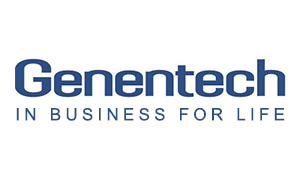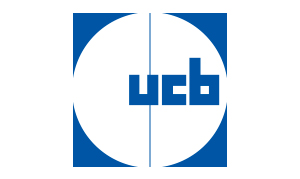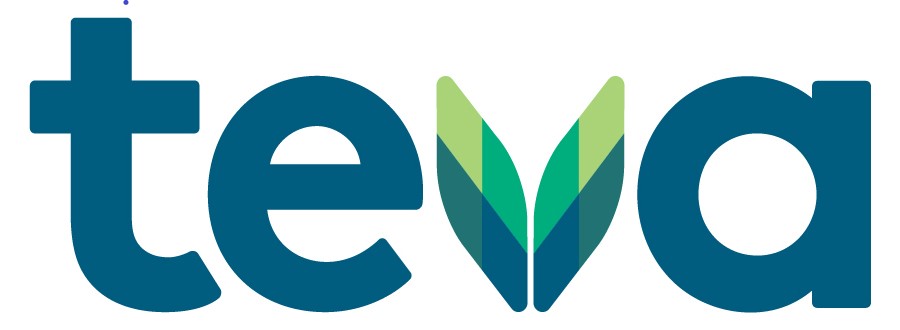Introducing that technology to patients can be a process. People generally don’t like change, and this is especially true for the average rheumatology patient, who tends to be older and less familiar with these advances.
However, these technologies such as online medical records, online portals, and telehealth have the potential to put patients in greater control of their health than ever before. They improve access to information, make getting care more convenient and less expensive, and improve health outcomes.
Even with all the benefits, many patients can be slower to accept the new, increasingly digital healthcare world. If you are facing this challenge in your practice, here are six ways you can help more of your patients embrace these valuable tools.
Explain the benefits.
Patients may not always be able to make the logical leap from what the technology does to how it will be good for them. So, it is your job to provide specific examples of how these new tools might improve their health, reduce medical costs, and save them precious time.
For example, instead of saying that telehealth video visits can replace in-person visits, explain that that video visits can help patients avoid getting exposed to viruses, keep them out of traffic, and reduce missed time from work.
Consider ease of use.
Before introducing any new technology at your practice, consider how easy it will be for the majority of your patients to use.
The best applications are user-friendly and should be similar to other applications that patients already have and enjoy using. They should not be full of medical jargon or require specific high-level knowledge to operate.
Slowly introduce new technology.
Some patients will be very excited to manage their health information online and participate in telehealth appointments. But let’s face, others will not. Change is hard for many people. While they may struggle with certain things like health portals, they may be open to getting appointment reminders via text or preventative care recommendations via email.
A start small approach can work wonders when it comes to helping your patients adopt new technology
Be consistent.
Research shows that people need to be exposed to a message 10-20 times before they start to really pay attention. This means that one email blast about your new online health portal program or new remote medical appointment system isn’t going to get your patients involved. Develop a regular tempo of communication so that your message is reaching people often and at the right time.
Include information about your new technology in your monthly newsletter, email blasts, social media, on your website, and in person. Consistent reminders will help the information sink in!
Give the information a personal touch.
It is one thing to explain the benefits of these new positive, technological tools but it’s another to make it personal and appealing to each patient. Each patient has unique needs and a different acceptance for change, so it helps to explain each person’s options in the context of their specific needs.
For example, instead of just saying there are many benefits to telehealth appointments, say “Mr. Smith, we can do a better job of managing your medications and free up some of your time by performing your appointments remotely.” Use these tips to keep things on a personal level when talking with patients about new technology:
- Utilize eye contact.
- Use their name.
- Pay close attention to details.
- Ensure there is an open line of communication for both you and the patient.
Engage patients’ caregivers.
New healthcare-related technologies offer many advantages for caregivers as well as patients. Caregivers can be a powerful support system in your effort to get a reluctant patient to progress. They can also prove to be a source of any positive or negative feedback. So be sure to enlist their help during this process!
Healthcare has never been one-size-fits-all for our patients. Some people just will not engage with new technology solutions, but that’s ok. With education, support, positive experiences, some guidance, most will end up wondering how they ever lived without these amazing tools.
Tags: co-pays, medical office management, medical offices, national organization of rheumatology managers, office management, office managers, Patient technology, rheumatologists, rheumatology, technology, telehealth, telehealth options, tips for office managers Posted by











